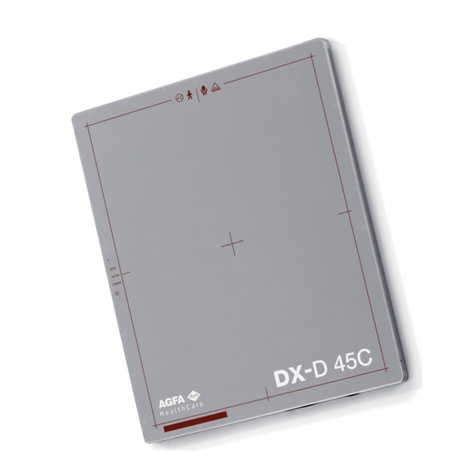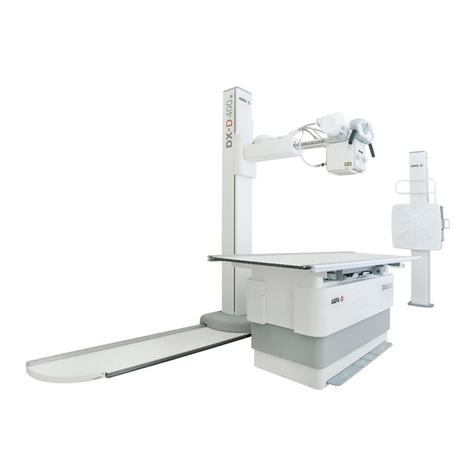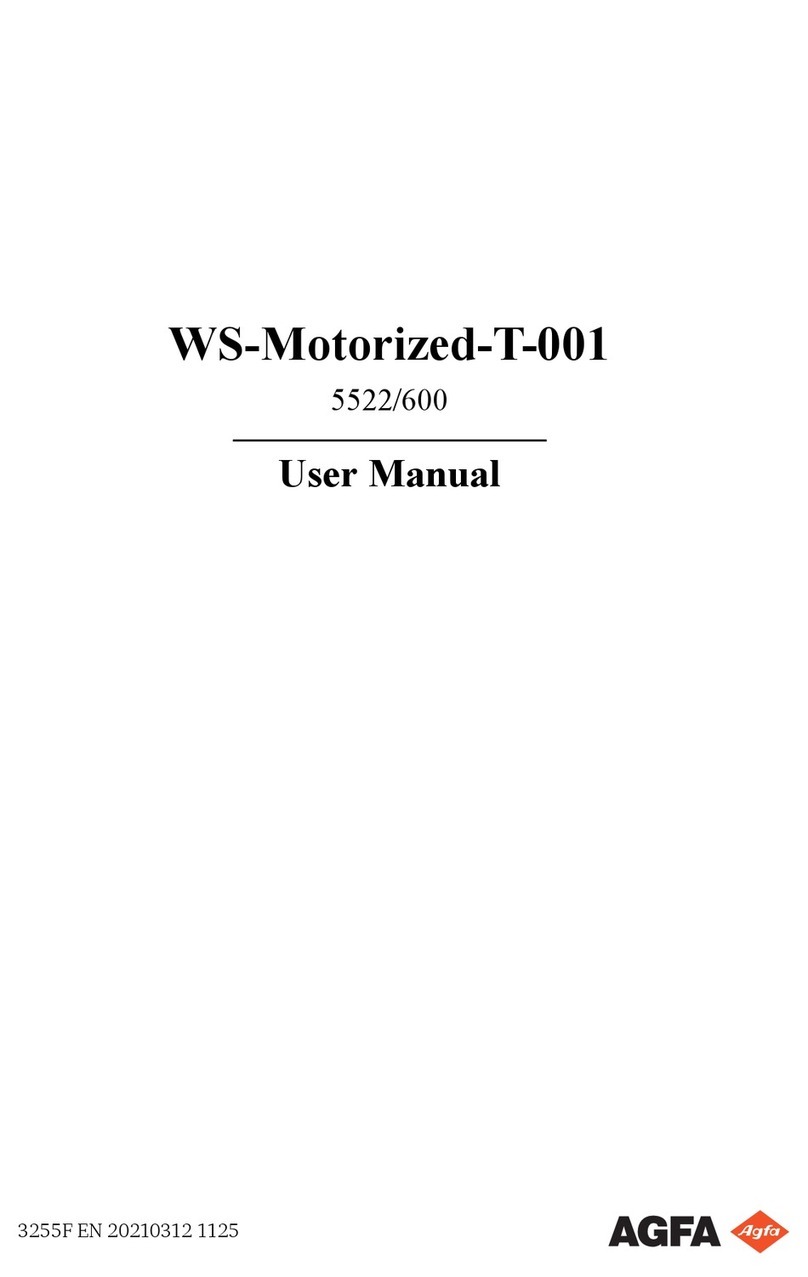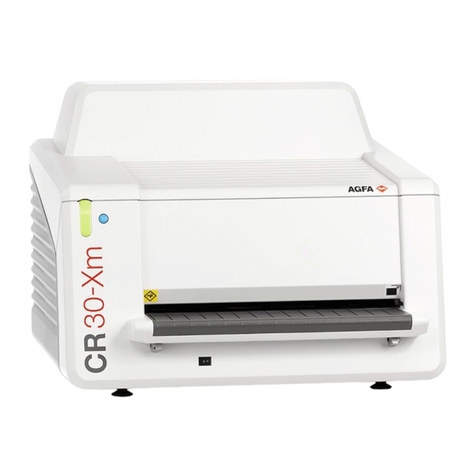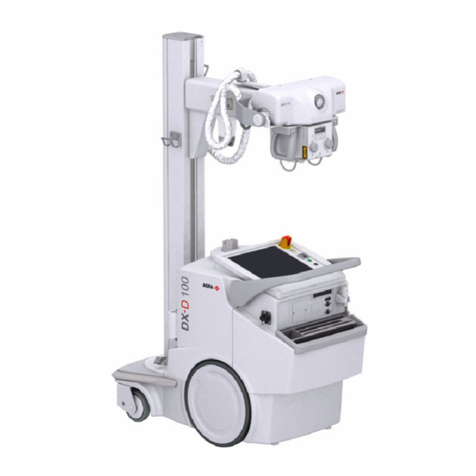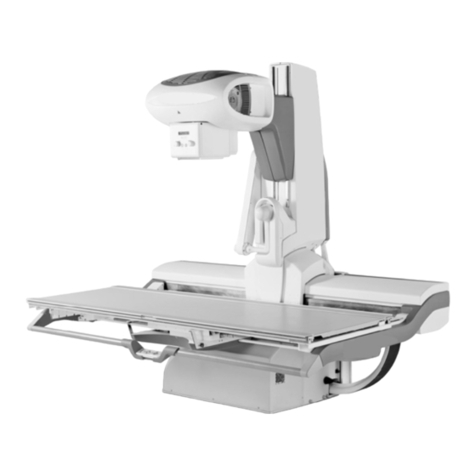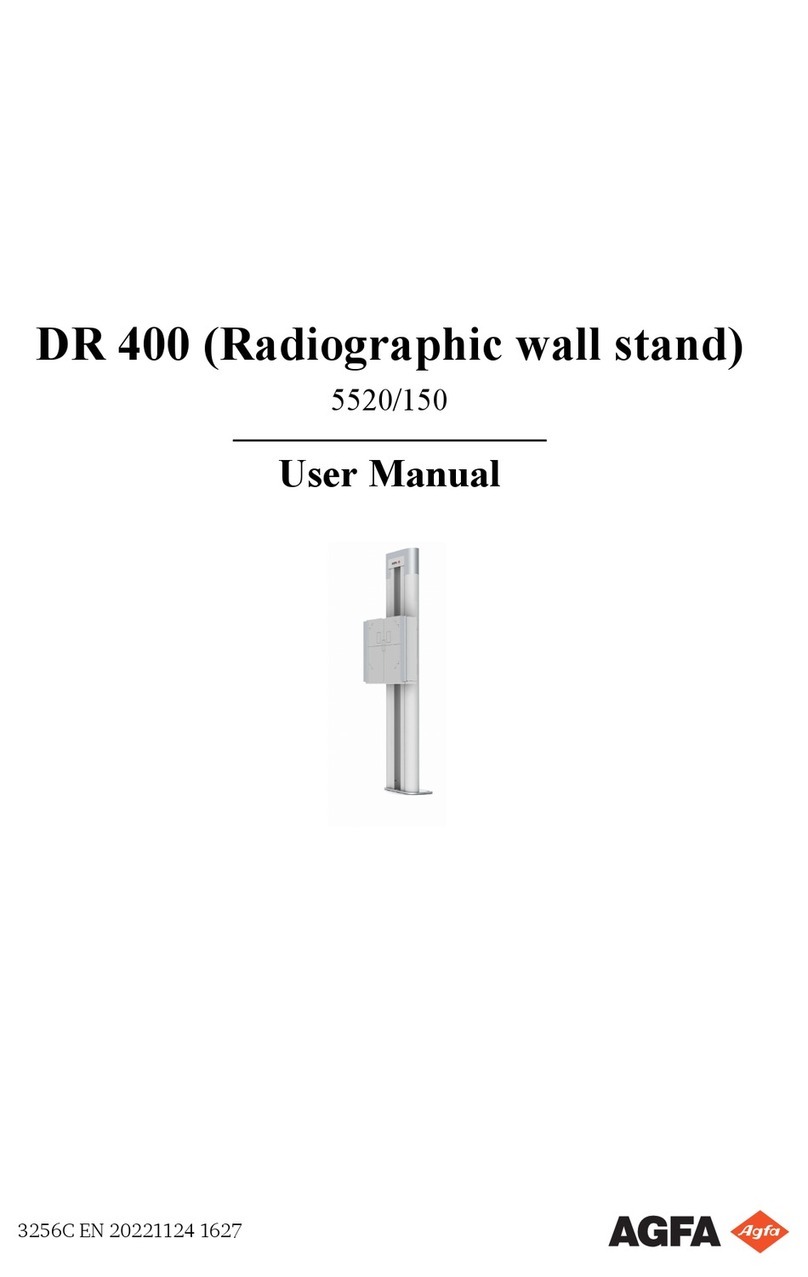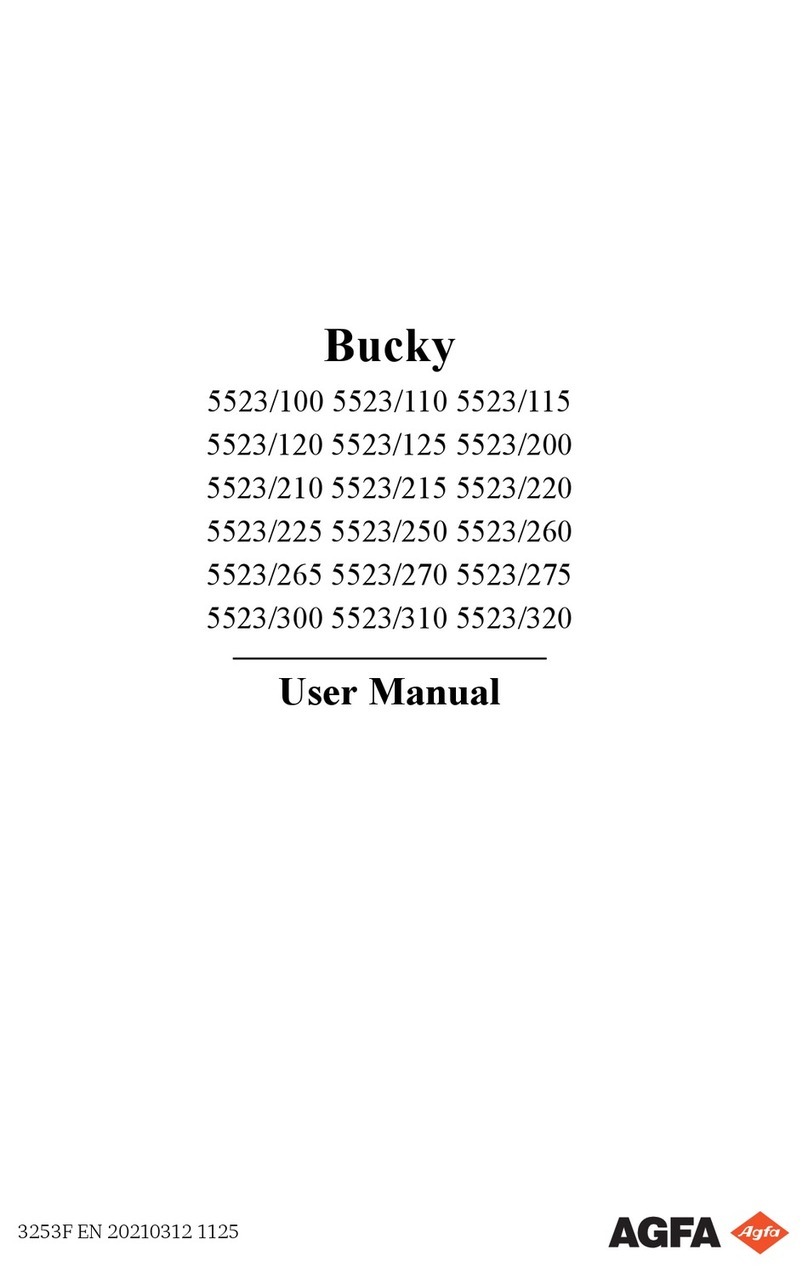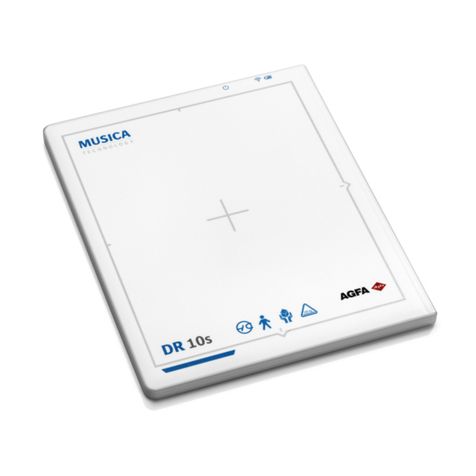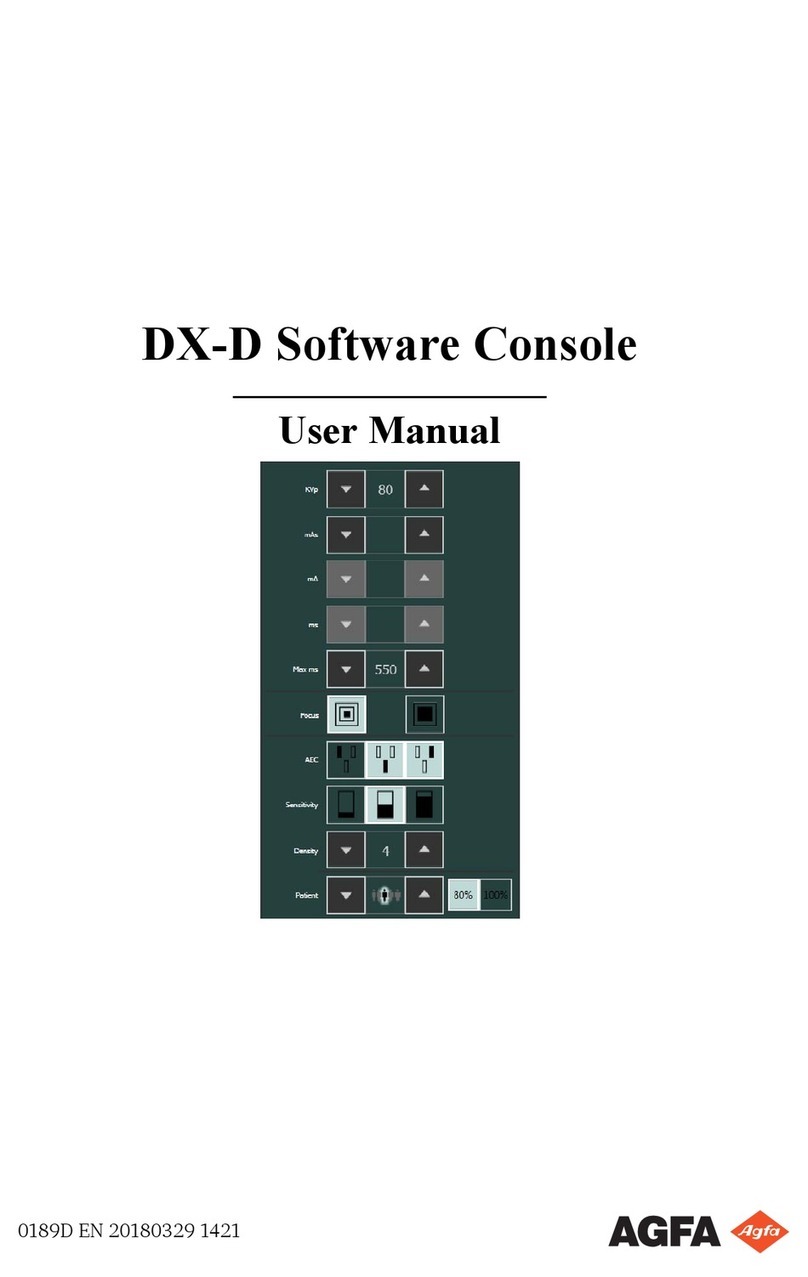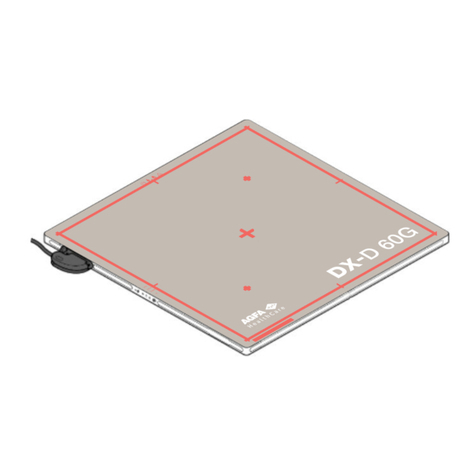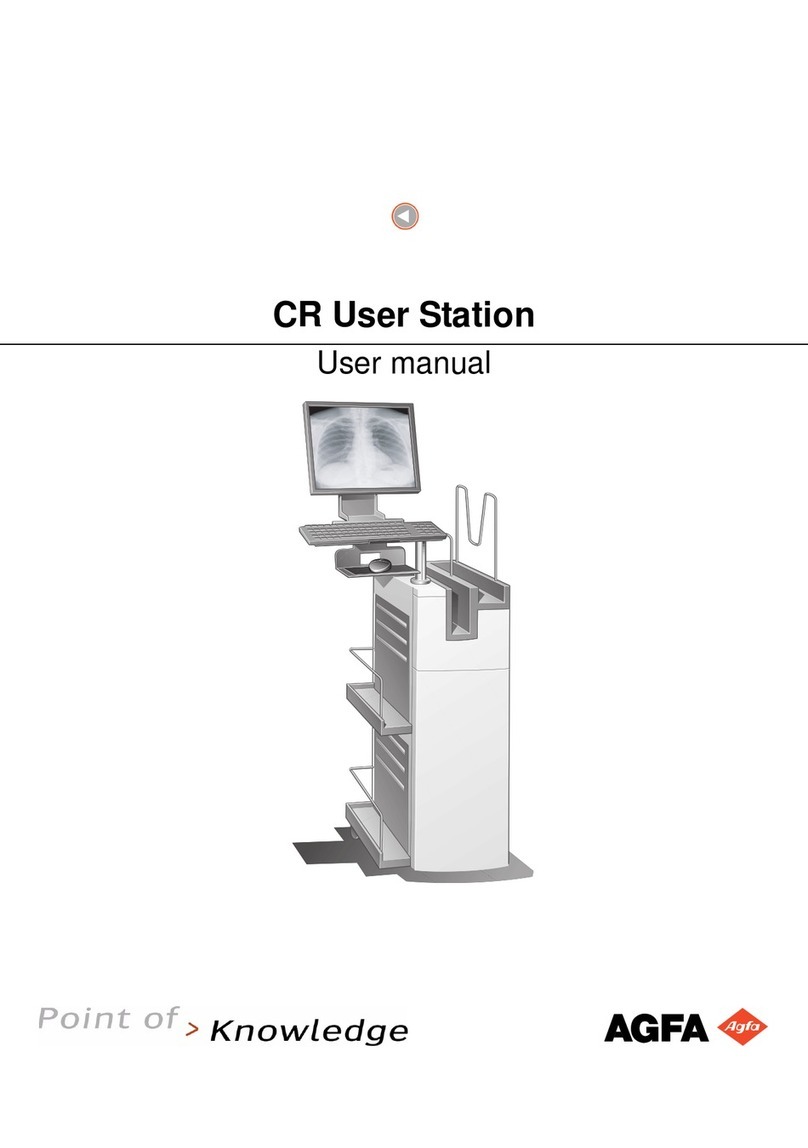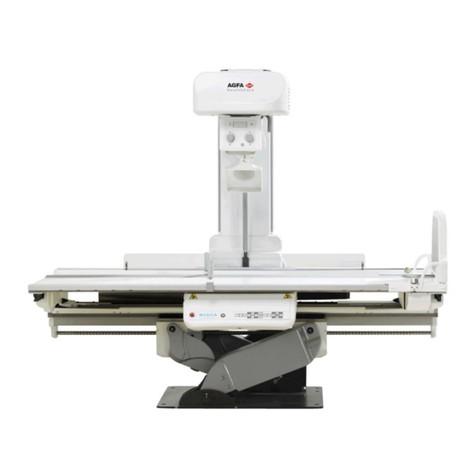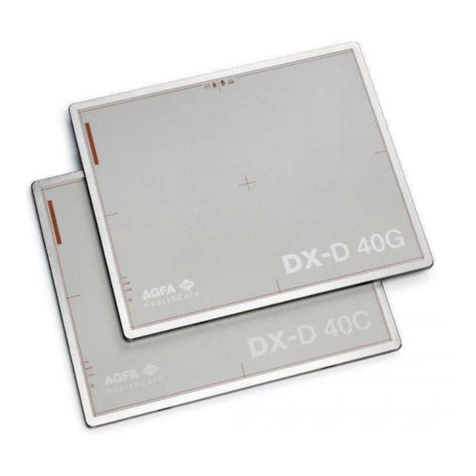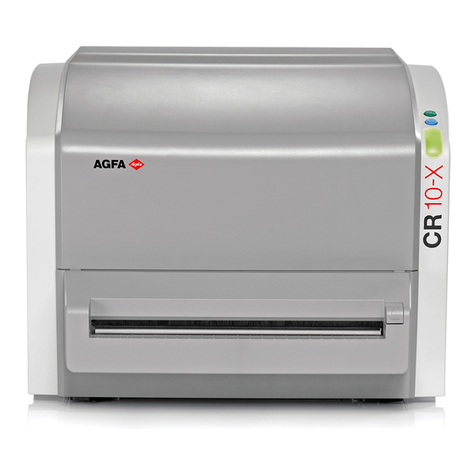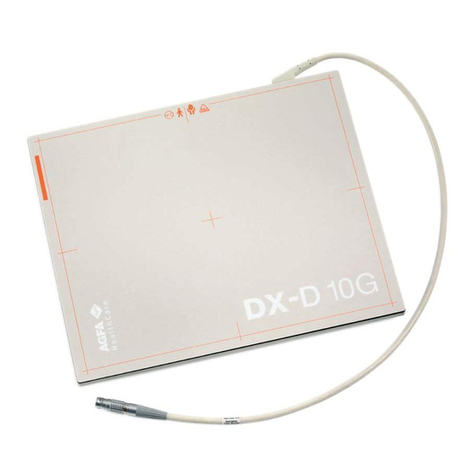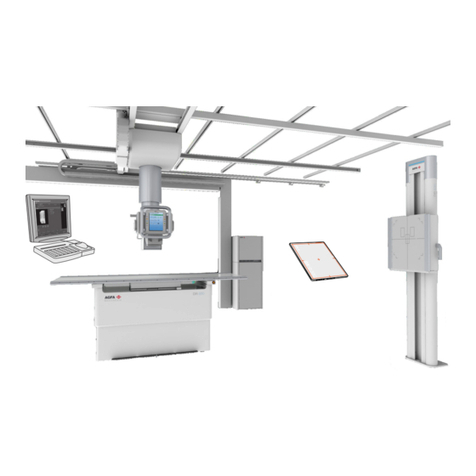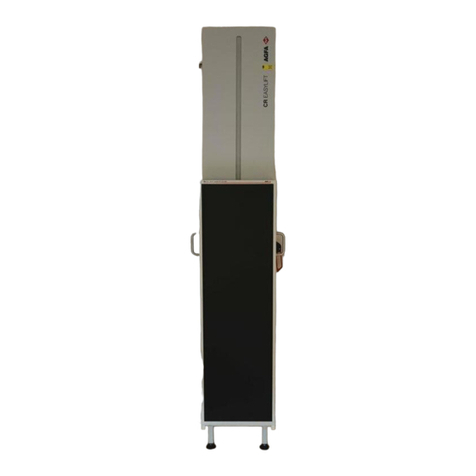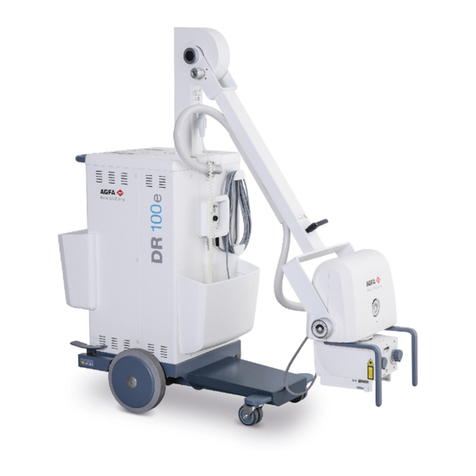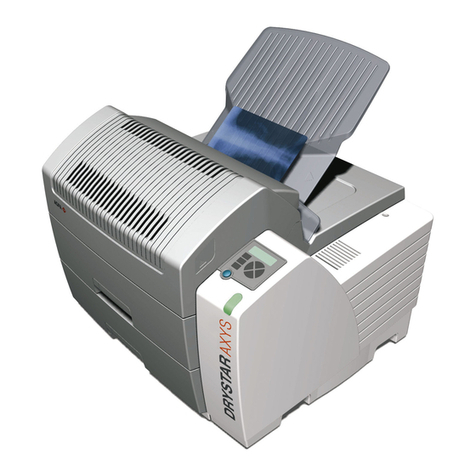
DD+DIS013.02E Maintenance
Edition 1, Revision 10 ADC Solo Section 12 / 1
(Type 5155 / 100/200)
1 Safety
•The ADC Solo has been designed for scanning medical X-ray image
plates and should only be used for these purposes.
•The ADC Solo must only be operated by qualified staff trained on the
machine.
•Make sure that the ADC Solo is constantly monitored in order to avoid
inappropriate handling, especially by children.
•Only trained service personnel must make repairs. Only authorized service
personnel must make changes to the ADC Solo.
•If there is any visible damage to the machine casing, do not start nor use
the ADC Solo.
•If you want to connect the ADC Solo with other devices, components or
assemblies and if the technical data do not permit determining whether the
combination with these devices, components or assemblies involves
hazards, you must consult the respective manufacturers to avoid danger
for operating personnel or the environment.
•Do not override or disconnect the integrated safety features.
•Switch off the ADC Solo before performing any maintenance work or
repairs. Disconnect the ADC Solo from the mains before making repairs or
performing any maintenance activities.
•As is the case for all technical devices, the ADC Solo must be operated,
cared for and serviced correctly.
•If you don't operate the ADC Solo correctly or if you don't have it serviced
correctly, Agfa-Gevaert is not liable for resulting disturbances, damages or
injuries.
•When installing the ADC Solo, care must be taken to ensure that there is
either a mains plug or an all-cable disconnecting device in the internal
installation fitted near the ADC Solo and that it is easily accessible.
•If you notice conspicuous noise or smoke, disconnect the ADC Solo
immediately.
•Check that the voltage setting of the machine matches the power supply
voltage before connecting the machine to the mains.






